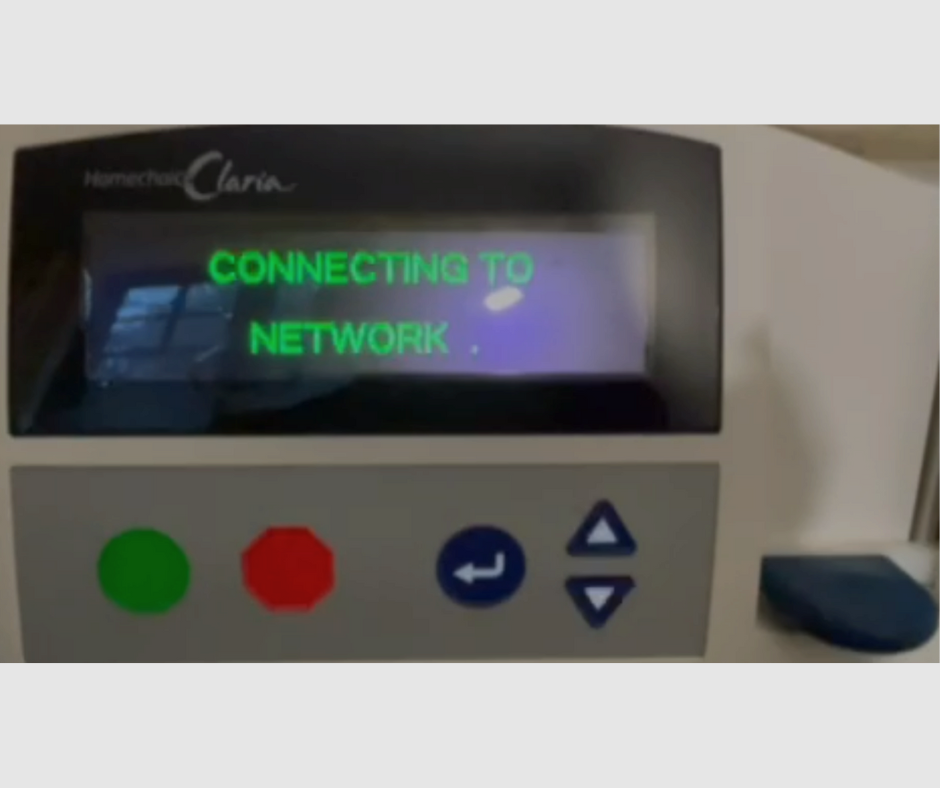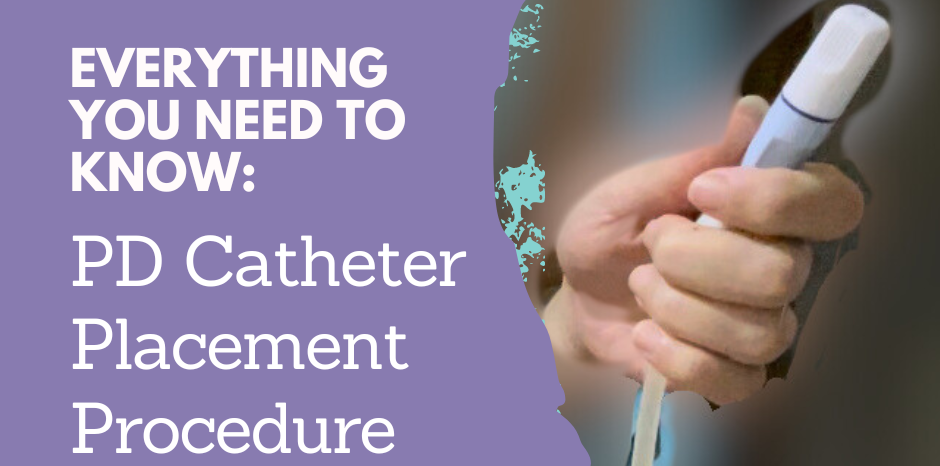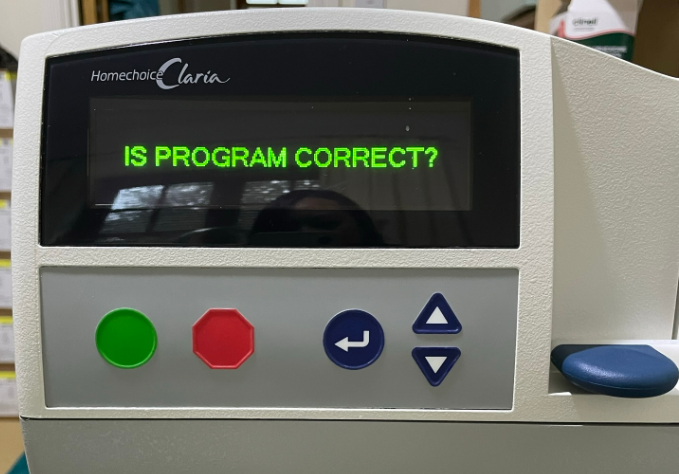An Introduction To All Dialysis Options Available on the NHS in the UK

Hello There!
I am writing this quick introduction to all the forms of dialysis that are available on the NHS in the UK. This is acting as a primer for those who are currently deciding on which form of dialysis they should opt for when the time comes. Hopefully you will be given a bit of lead time before Kidney Failure and haven't crash landed into A&E and they're asking you at your bedside.
If you are already in Stage 4 of Chronic Kidney Disease, it is a good time while you are cognitively available and rational to have a think about which dialysis method best suits your lifestyle and personality and temperament. More on that in my upcoming articles where I guide you through the 4 dimensions to consider when deciding which form of dialysis to choose.
Hopefully this will also act as a bit of a jargon busting post, as I will explain all the acronyms you may have seen flying around the kidney community.
What is dialysis?
My quick and crude summary of what dialysis is that it is a therapy used in place of your now failed kidneys to cleanse and remove the toxins your body produces.
The Difference between Therapy and Treatment
I use the word therapy and not treatment because sadly there is no cure for kidney failure.
Hence sometimes, Dialysis and Kidney Transplantation are both known as Kidney Replacement Therapy. They replace the function of your failed native kidney. A kidney transplant is considered the ultimate replacement therapy as you are literally replacing it with a new organ.
There are broadly 2 types of dialysis:
(1) Blood Dialysis - Haemodialysis - HD
In summary, blood is removed from the body and is cleansed in a machine and then pumped back into the body.
A fistula or line is surgically implanted at an optimal vein access point such as neck, arm, chest, leg or hand.
(2) Stomach Dialysis - Peritoneal Dialysis - PD
In summary, special dialysis fluid is fills your stomach and the lining of your stomach (peritoneum) acts a filter to cleanse the toxins and the waste fluid is drained and removed from body.
A catheter is surgically implanted in the stomach.
Now you know there are broadly two types of dialysis. Let us now explore the sub varieties of dialysis which are mainly differentiated based on whether you can perform the dialysis at home or in-centre aka dialysis unit and whether you use a machine or not.
Home Dialysis Varieties
Machine - Automated Peritoneal Dialysis - APD
In summary, this is peritoneal dialysis performed using a machine. The machine is programmed with your therapy treatment cycle and will move between 5 stages: Initial Drain, Fill, Dwell, Drain, Final Fill. It will cycle a number of times through the Fill, Dwell, Drain according to your therapy prescription.
Typically performed overnight, although the individual is in charge of when they perform their dialysis as they are independently setting up and dismantling the machine each night with their prescription dialysis fluid bags.
Typically performed on a more regular basis 5-7 days a week with a duration of 8-10 hours depending on kidney function and effectiveness of the dialysis on the individual.
Manual Bags - Continuous Ambulatory Peritoneal Dialysis - CAPD
In summary, instead of a machine you are performing dialysis manually. You hang up prescribed dialysis fluid bags and let the fluid flow into your stomach via gravity. To drain the waste fluid out of your stomach, you place an empty bag on the floor. Between Fill and Drain you are able to walk around without being attached to machine for a number of hours before draining.
You can repeat this dialysis process over a number of 4 sessions throughout the day. This option provides greater flexibility but intermittently requires dialysis sessions throughout the day.
Typically performed on a more regular basis 5-7 days a week with a duration of 8-10 hours but split across the day depending on kidney function and effectiveness of the dialysis on the individual.
Blood - Haemodialysis - HHD
In summary, you are the one performing the haemodialysis procedure instead of a nurse. You will have to undergo longer training sessions than those on PD as it involves active needle work as opposed to a click and twist connection of a Peritoneal Dialysis Catheter.
I believe it can be performed intermittently 3 days a week or everyday as the patient needs.
In-centre
Nurse Assisted Blood - Haemodialysis - HD
In summary, you attend weekly sessions, 3 times a week at your local dialysis clinic. This may be a satellite unit that is dedicated to dialysis or in a hospital, where a trained nurse will set up and monitor your dialysis.
Sessions are about 4-5 hours long and a machine will cleanse your blood. However, this does not include your transport time and perhaps exhaustion after dialysis.
As a patient, this is the least involved method of dialysis as you are just attending each session as a patient. You can either use NHS transport to attend sessions or make your own way there.
My personal thoughts on Home vs In Centre
As someone who has primarily done 3 years of Home Automated Peritoneal Dialysis, I think I will always prefer home dialysis. I have had discussions with my medical team on if my peritoneum lining were to ever thicken and stop working, I would overcome my fear of needles and train to do home haemodialysis.
I prefer the independence and control over my own dialysis rather than leaving it in the hands of the nurses at the clinic. I like to be in the know and have a more active role in my healthcare plan.
I have thrived on PD and have managed to keep my job and pass exams whilst dialysing in the comfort of my own home. However, I understand that each patient has their own personality and temperament towards medical care and live out different lifestyle choices. Which is why I have gone on to create an article helping you to make this decision for yourself using a number of probing questions over 4 dimensions.
In depth definitions and explanations
Very much recommend you read some of the pamphlets of the Kidney Charities such as Kidney Care UK or National Kidney Federation.
Some helpful links to their Wesbites:
🧾About Dialysis - National Kidney Federation here
📄Dialysis - Kidney Care UK here
Hope this very crude and quick crash course on all the forms of dialysis has helped to summarise some of the big differences between the different forms of dialysis. I urge you to question your medical team of any remaining queries and read all the literature given on making that decision!
Wishing you well on your kidney journey!
Lai x
Consider following me on
💜Instagram: @My_Kidney_and_Lai
🧡YouTube: My Kidney and Lai
💛Tik Tok: My Kidney and Lai





